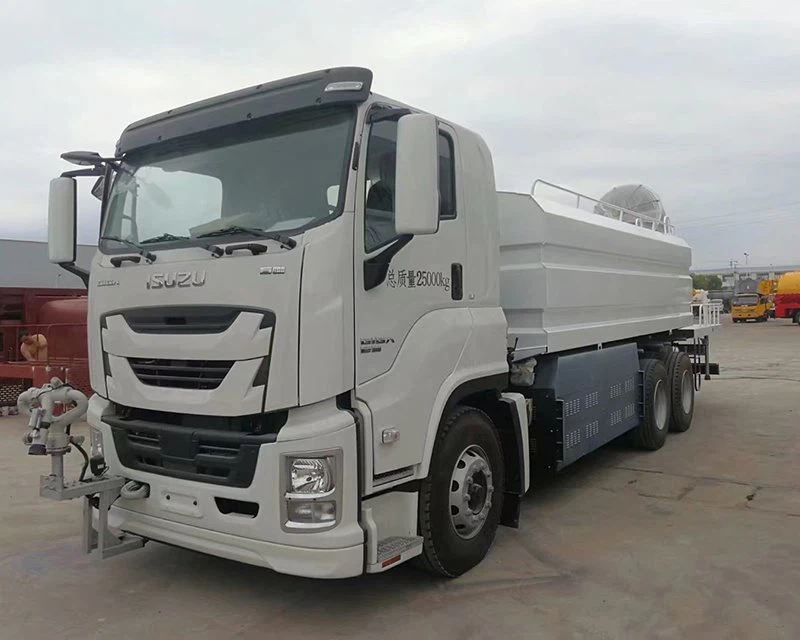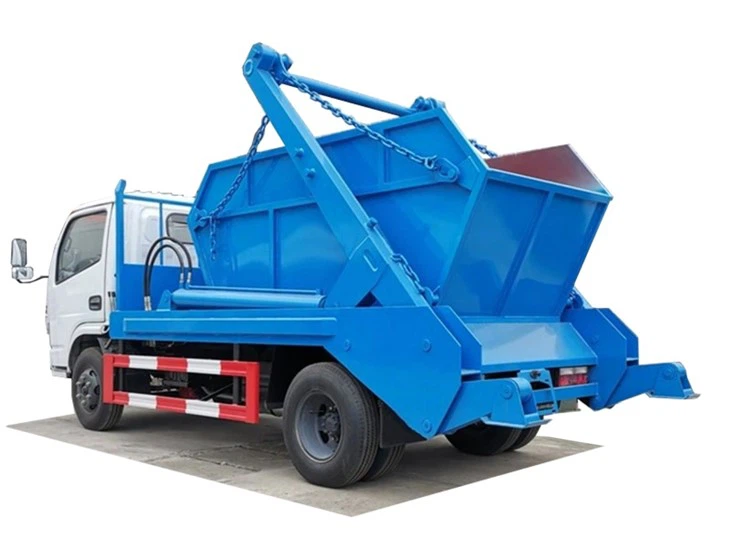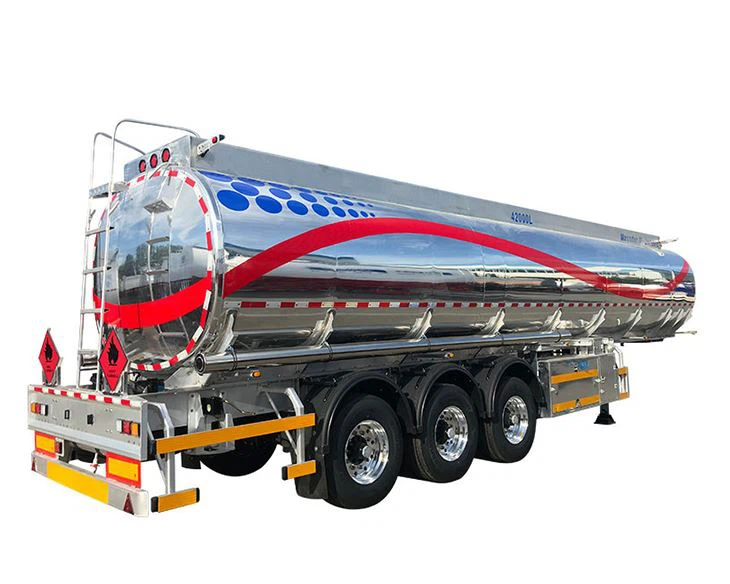Understanding UL 2085 Fuel Tanks: Everything You Need to Know

Introduction
UL 2085 fuel tanks are essential components in the safe storage of flammable liquids, specifically fuel. These tanks are designed to meet strict safety regulations and standards to prevent leaks, spills, and fires. In this comprehensive guide, we will delve into the features, benefits, and installation requirements of UL 2085 fuel tanks. Additionally, we’ll provide you with practical tips, examples, and a FAQ section to address common inquiries regarding these critical storage solutions.
What is a UL 2085 Fuel Tank?
UL 2085 fuel tanks are aboveground fuel-storage tanks that have undergone rigorous testing and certification by Underwriters Laboratories (UL) to ensure they meet safety standards. These tanks are specifically designed for the storage of combustible and flammable liquids and offer additional protection against various hazards, making them ideal for industrial and commercial use.
Key Features of UL 2085 Fuel Tanks

- Fire Resistance: Designed to withstand fire exposure for a specified time, increasing safety.
- Impact Resistance: Constructed to resist physical damage from impacts.
- Overfill Protection: Equipped with devices to prevent overfilling, reducing the risk of spills.
- Secondary Containment: Often include a secondary containment system to prevent leaks.
Benefits of Using UL 2085 Fuel Tanks
Choosing a UL 2085 fuel tank comes with various advantages that enhance safety, efficiency, and compliance. Here are some key benefits:

1. Enhanced Safety
UL 2085 tanks are built with features that significantly reduce the risk of fire and environmental contamination, making them safer options for storing fuel.
2. Compliance with Regulations
These tanks comply with state and federal regulations regarding fuel storage, ensuring that users meet legal requirements while avoiding fines and liabilities.
3. Versatility
UL 2085 tanks can store different types of fuels, including diesel, gasoline, and biodiesel, making them suitable for a variety of applications.
4. Longevity and Durability
Constructed from high-quality materials, UL 2085 tanks are designed to withstand harsh environmental conditions, leading to a long service life with minimal maintenance.
Installation Requirements for UL 2085 Fuel Tanks
1. Site Assessment

Before installing a UL 2085 fuel tank, conduct a comprehensive site assessment to determine the most suitable location, considering factors like accessibility and proximity to potential hazards.
2. Site Preparation
Prepare the site for installation, including leveling the ground and ensuring proper drainage to prevent water accumulation.
3. Compliance with Local Codes
Always check local building codes and regulations to ensure compliance with fire safety and environmental standards before installation.
4. Professional Installation
For optimal safety and efficiency, hire certified professionals for the installation and ensure that they are familiar with UL 2085 compliance requirements.
Maintenance of UL 2085 Fuel Tanks
Regular maintenance is crucial for ensuring the longevity and safety of UL 2085 fuel tanks. Here are some vital maintenance practices:
1. Routine Inspections
Conduct periodic inspections to check for any signs of corrosion, leaks, or structural integrity issues.
2. Cleaning
Schedule regular cleaning to remove dirt and debris from the tank exterior and ensure the vents and fittings are free of blockages.
3. Monitoring Fuel Levels
Use gauges to monitor fuel levels and ensure there is no overfilling during dispensing.
4. Documentation
Keep records of all maintenance activities, inspections, and repairs for compliance and reference purposes.
Common Uses of UL 2085 Fuel Tanks
UL 2085 tanks find usage in various industries where safe and reliable fuel storage is crucial. Here are some common applications:
1. Construction Sites
Construction sites often use UL 2085 tanks to store diesel for generators and heavy machines, ensuring a consistent fuel supply.
2. Commercial Fleets
Businesses with commercial vehicles frequently utilize UL 2085 tanks to store diesel or gasoline on-site for refueling, enhancing operational efficiency.
3. Agriculture
Farm operations use these tanks to store fuel for machinery, irrigation pumps, and other equipment, optimizing workflow.
4. Emergency Power Supply
UL 2085 tanks are ideal for emergency power systems, providing fuel for backup generators in case of power outages.
Cost Factors in UL 2085 Fuel Tanks
The cost of UL 2085 fuel tanks can vary significantly based on various factors. Here’s what to consider:
1. Tank Size
The size of the tank directly affects the cost; larger tanks have higher upfront costs but greater storage capacity.
2. Material and Construction
Tanks made from higher-grade materials or with advanced features will generally cost more.
3. Installation Costs
Professional installation fees can add to the overall expense, depending on site conditions and local labor rates.
4. Compliance and Permitting Fees
Costs associated with meeting regulatory requirements and obtaining permits should also be considered.
Practical Examples of UL 2085 Fuel Tanks
Here are a few practical examples to illustrate the usage of UL 2085 tanks in real-life scenarios:
1. Example: Construction Company
A mid-sized construction company implements a 10,000-gallon UL 2085 fuel tank on-site to store diesel fuel for machinery. This solution provides them with a reliable fuel source without frequent trips to gas stations.
2. Example: Municipal Fleet
A city government installs a UL 2085 tank to store gasoline for its fleet vehicles. The tank’s overfill protection ensures safe usage, and routine inspections help maintain compliance with environmental regulations.
3. Example: Agricultural Business
An agricultural producer sets up a 5,000-gallon UL 2085 tank to store fuel for tractors and irrigation pumps, improving efficiency and lowering costs by buying fuel in bulk.
Frequently Asked Questions (FAQ)
1. What is the difference between a UL 2085 and a UL 142 fuel tank?
UL 2085 tanks are specifically designed for aboveground storage with enhanced fire protection features, while UL 142 tanks are for general-purpose storage of flammable liquids without the additional fire-resistance requirements.
2. How long can a UL 2085 fuel tank last?
The lifespan of a UL 2085 fuel tank can be 20 to 30 years or more, depending on the material quality and maintenance practices.
3. Are UL 2085 tanks environmentally friendly?
Yes, they are designed with secondary containment systems to prevent leaks, minimizing environmental impact and promoting sustainability.
4. Can I install a UL 2085 tank myself?
It is highly recommended to have a certified professional install UL 2085 tanks to ensure compliance with safety regulations and proper installation.
5. Do I need a permit to install a UL 2085 fuel tank?
Yes, permits are typically required to install a UL 2085 fuel tank, so check with your local authorities for specific regulations.
6. What maintenance is required for UL 2085 fuel tanks?
Maintenance includes routine inspections, cleaning, monitoring fuel levels, and keeping documentation of all maintenance activities.
